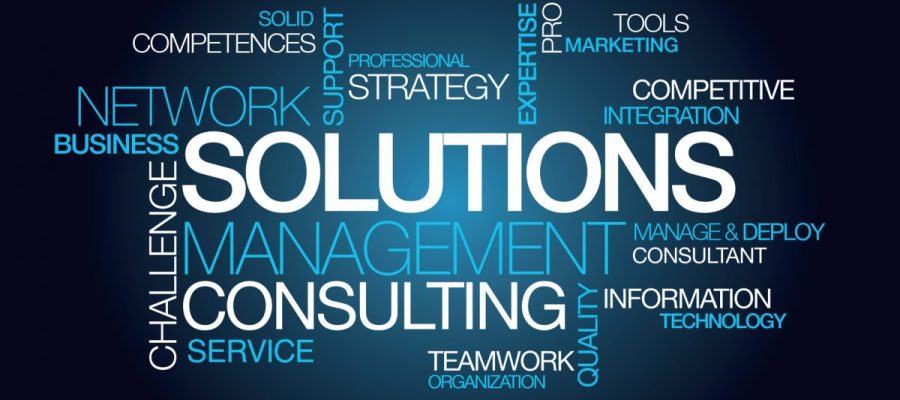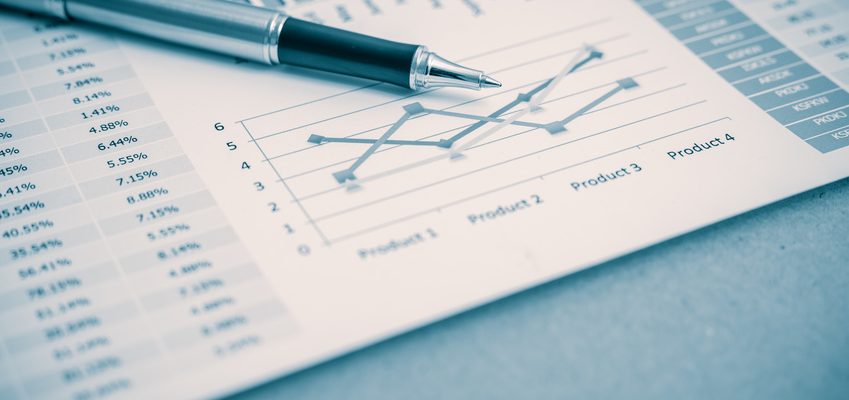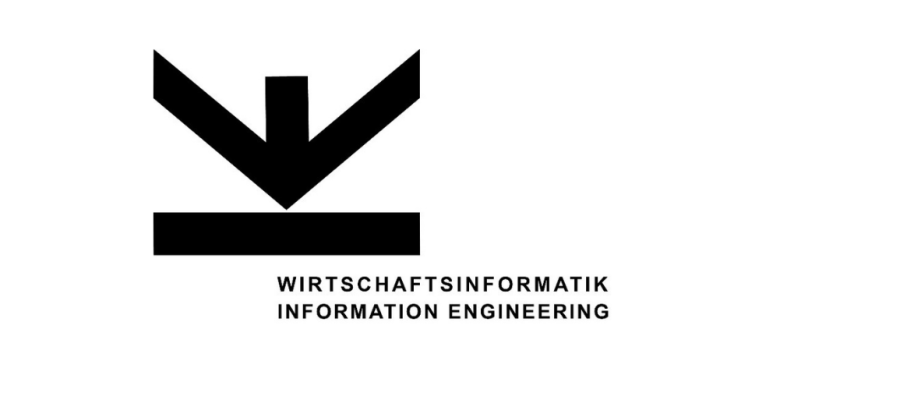Entering the digital controlling era
In the rapidly digitalized and globally networked corporate world, controlling processes form the backbone - both in day-to-day implementation and in strategic orientation.
They are considered important pillars of corporate management and are indispensable for increasing the efficiency and effectiveness of companies.
Controlling is more than just collecting and processing data or creating key figures and reports. It is primarily about the interpretation of this data and key figures, which enable the controller to support and guide management in their decisions.
The planning and optimization of controlling processes is the core issue here in order to ensure efficient processes and achieve corporate goals. Companies are faced with the challenge of constantly adapting their processes to new requirements and technologies. Digital tools and software enable efficient, fast and accurate reporting, but they are only as good as the planning and implementation of the processes behind them.
Process management and the associated optimization of controlling processes are therefore indispensable. They make it possible to structure the complex processes and tasks in controlling, make them more efficient and thus ultimately increase the company's success.
In this article, we will take an in-depth look at the topic of "Planning and optimizing controlling processes" and provide valuable tips and advice on how to master this task. The role of controlling in the corporate context is discussed, how processes can be planned and optimized and what challenges need to be overcome.
I. Fundamentals of controlling processes
A. Definition and objective
Controlling processes are structured procedures in the corporate context that serve to measure, manage and optimize the company's performance.
The planning of these processes and their continuous optimization are important areas of responsibility that play a major role in controlling.
B. Role of the controller and management
The role of the controller in the company is multifaceted. He is not only responsible for collecting and processing data and key figures, but also plays an important role in management. With the help of structured controlling processes, the controller is able to support and guide decision-making processes. Management, on the other hand, is responsible for making decisions and controlling their implementation based on the information and analyses provided.
C. Core components
The core components of controlling processes basically comprise the following areas: Reporting, planning, analysis and controlling. Reporting provides a quick overview of the company's performance and serves as a basis for planning and analysis. Planning comprises the definition of objectives and targets, while analysis involves reviewing the achievement of objectives and identifying potential for improvement. Finally, the implementation of the defined measures is monitored by the control system.
Technologies and software are playing an increasingly important role in controlling processes. They enable large volumes of data to be processed quickly and effectively and provide valuable insights for management. However, it is not just about the technology itself, but above all about the efficient design and optimization of the associated processes.
II Planning of controlling processes
A. Identification of requirements
The planning of controlling processes begins with the identification of requirements. The aim is to recognize and understand the specific needs and requirements of the company. This includes an understanding of the company's strategic and operational goals, current processes and structures, as well as the availability and quality of existing data. An efficient and effective controlling process can only be implemented if the requirements are clearly defined.
B. Selection of suitable software and technologies
Once the requirements have been identified, suitable software and technologies are selected. These play a crucial role in controlling processes, as they enable data to be collected, processed and analyzed. Depending on the company's specific requirements and objectives, choosing the right software and technology can have a significant impact on the efficiency and effectiveness of processes.
C. Determination of key figures
The key figures are a central component of the controlling processes. They enable the company's performance to be measured and managed. It is therefore important that they are defined as part of the planning process. The key figures should be selected in such a way that they reflect the relevant aspects of the company's success and are tailored to the specific context of the company.
III Optimization of controlling processes
A. Analysis of existing processes
The optimization of controlling processes begins with a comprehensive analysis of existing processes. This creates a precise picture of the current situation in order to identify strengths, weaknesses and potential for improvement. The analysis covers all relevant aspects from data collection and data processing to data interpretation and use. Targeted optimization measures can only be developed on the basis of this thorough analysis.
B. Implementation of improvements
The analysis is followed by the implementation of improvements. The previously identified requirements and potentials play a central role here. Improvements can be made at various levels: They can relate to the technologies and software used to carry out the controlling processes, to the processes themselves or to the way in which the data is used and interpreted.
C. Increasing efficiency and effectiveness
The end point of optimizing controlling processes is to increase efficiency and effectiveness. Optimized processes enable more efficient and effective execution of controlling tasks, which ultimately leads to better performance for the entire company. This can both reduce costs and improve the quality of the results. Especially in an increasingly complex and dynamic business environment, the continuous optimization of controlling processes is an absolute necessity.
IV. Challenges and solutions
A. Cost-benefit analysis
One of the biggest challenges in planning and optimizing controlling processes is weighing up the costs and benefits. The implementation of new technologies and the reorganization of processes generate costs. However, more efficient and effective processes can also lead to cost savings, for example by reducing wrong decisions or improving company performance. It is therefore important to carry out a thorough cost-benefit analysis when planning and optimizing processes.
B. Digitalization and process management
Digitalization and process management represent further key challenges. Choosing the right technologies and software for controlling processes can have a significant impact on efficiency and effectiveness. However, these technologies must also be used correctly and the processes adapted accordingly. Good process planning and management is therefore crucial for the success of controlling processes.
C. Involvement of employees
Another important aspect is the involvement of employees. They are the ones who ultimately have to implement the processes. They should therefore be involved in the planning and optimization of processes. By involving employees, their experience and knowledge can be used to develop practicable and effective solutions. At the same time, this can also promote understanding and acceptance of the new processes and technologies.
V. Case studies from practice
The theory of planning and optimizing controlling processes is multi-layered and complex, but what does it look like in practice? Two case studies are presented below that show how companies have successfully planned and optimized controlling processes.
Example 1: In a medium-sized, internationally active production company, an initiative was launched to revise the controlling processes in order to reduce costs and increase quality and efficiency in production. The focus was on reporting and the use of key figures. Based on the findings from the analysis, it was decided to introduce advanced data analysis software that captured real-time data from production and converted it into meaningful reports and key figures. These measures have enabled the international company to reduce production costs by 15% and increase production output by 20%. Decisions were made jointly in order to achieve the desired results.
Example 2: A medium-sized company had problems with data quality and utilization in the controlling processes. An analysis showed that the available data was not being used effectively and a lot of potential was not being exploited. To tackle this problem, a targeted optimization strategy was implemented. First, all relevant data sources from various departments of the company were brought together and stored in a central database. This measure significantly improved the consistency and availability of the data. The introduction of new business intelligence tools and data analysis platforms has enabled management to better visualize and analyze data, making it easier to make informed decisions. The results were positive: the efficiency of the company's processes improved, costs were reduced and profitability increased. The targeted optimization of data processes led to better overall management decision-making and strengthened the company's competitiveness.
These examples show that the planning and optimization of controlling processes should always be tailored to the specific requirements and objectives of the respective company. With the right planning, analysis and implementation, significant improvements can be achieved that ultimately contribute to more efficient and successful controlling. The selection of the right technologies and software, a thorough analysis and optimization of processes and the involvement of employees play a decisive role.
Conclusion
The planning, optimization and adaptation of controlling processes is an essential task in every company. As the above considerations and practical examples show, a careful analysis of current processes and requirements, the selection of suitable technologies and software and a well-planned implementation can achieve significant improvements in terms of efficiency and effectiveness.
Digitalization offers new opportunities and potential that need to be recognized and exploited. Nevertheless, it is just as important to involve employees in the planning and implementation of processes. Ultimately, they are the ones who implement the processes and significantly influence their success.
Finally, it is important to emphasize that the planning and optimization of controlling processes is not a one-off process, but an ongoing task. It is important to constantly scrutinize existing processes, identify potential for improvement and implement improvements.
In view of the complexity and dynamics of today's business world, the importance of efficient and effective controlling processes cannot be overestimated. Companies should therefore regard the ongoing updating and optimization of their controlling processes as a central task and invest resources accordingly.




































